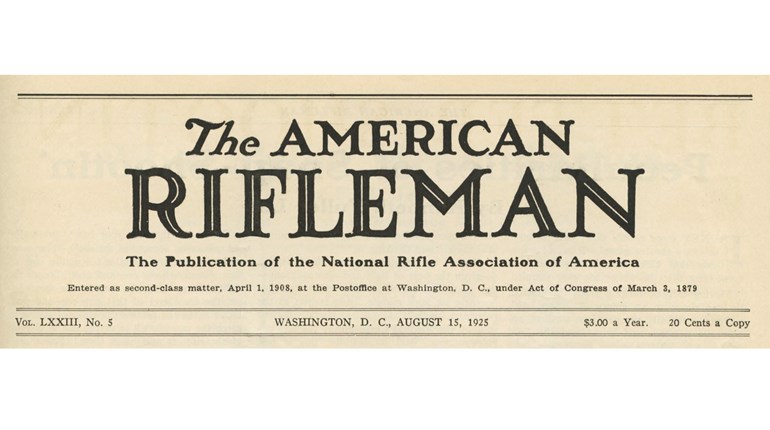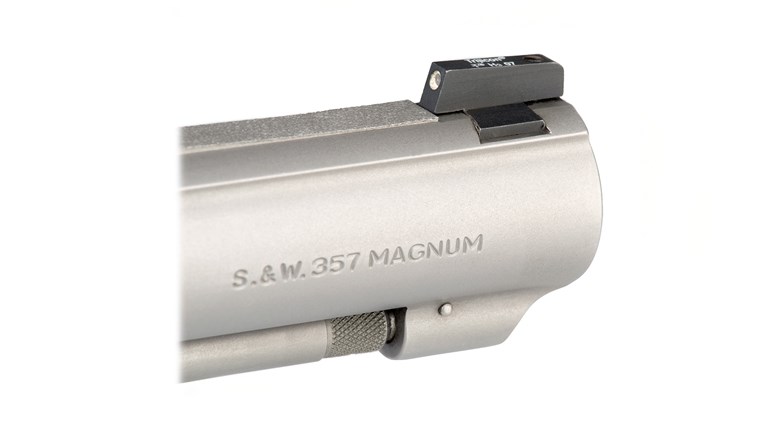
I set out to develop an accurate load for my Savage .22-250 Rem. rifle. Unsure I could eliminate my marksmanship ability as a variable, I choose to run my test loads over my chronograph instead. Five rounds each were prepared with nine different charge weights that increased in .2-grain increments and then shot over the chronograph. What resulted was a clear trend on a graph of the varying standard deviation (SD) for each charge weight. The SD graph illustrated two very low SD figures (.9 and .7 fps), while the highest SD came in at more than 50 fps.
When I discussed this with some other shooters, they argued that the only results that matter are those downrange. My contention is that downrange results (unless shot from both a solid rest and solid rifle components) do not eliminate the part of the system likely to be most faulty: the human pulling the trigger. Yet, I can also understand how varying a bullet’s velocity may affect exterior ballistics as it flies through the air to its target.
So, how much of a role do the exterior ballistics play for a given charge weight when it comes to downrange accuracy versus consistent bullet velocities exiting the barrel?
Mark Parsons, Bluffton, SC
In order to answer your questions, I would have to have a little more information to give you any sort of definitive answer. However, I can offer some suggestions that might help you to develop some realistic expectations and achieve those expectations with a reasonable amount of effort.
Consistency will be the operative word when addressing the shooter, the gun and the ammo. Any part of the equation that does not perform consistently introduces a variable that negatively affects performance.
To remove the human error, a mechanical rest will support the gun muzzle’s position in relation to the target consistently and mitigate recoil consistently. All the shooter has to do is ensure the position of the gun and rest does not change in relation to the target from shot to shot and operate the trigger to fire the desired number of shots.
Unfortunately, guns in general and barrels in particular sometimes seem to have a personality of their own. This may be for a variety of reasons, but suffice to say a particular load that performs well in one gun is not a guarantee that the same load will work equally as well in a similar gun of the same brand and model. Even though guns and barrels may appear identical, they have to be tested to determine their levels of accuracy with any given ammo.
Ammunition that you load yourself—or test by lot number if you are using factory ammunition—will give you some control over the consistency of ammunition performance in a particular gun. Standard-deviation numbers certainly indicate consistency when considering internal ballistics, as do minimum readings regarding the extreme spread between the highest and lowest velocities of the ammunition being tested.
The bullet itself contributes significantly to the accuracy of a load assembled with accuracy in mind. For instance, if the bullet weight and length do not correspond to the twist rate of the barrel, accuracy will suffer. If the bullet is not driven to the velocities for which it was designed (especially when the twist rate for that bullet is marginal), accuracy will suffer.
Gravity and atmospheric conditions have a significant effect on the flight of the bullet between the muzzle and the target, which can impact group size. Wind, by far, is the greatest variable on the flight of the bullet because of its inconsistent nature.
Temperature, humidity and elevation, among other things, also have an effect on the bullet’s flight, but are usually fairly consistent at a single test location rendering them less of a concern than wind. Mirage can also be a factor at distance. When coupled with the atmospheric conditions of heat and wind, the image of the target gives the visual appearance of moving from its original position, therefore causing the shooter to alter the point-of-aim even though the sight picture appears to be the same.
The variables are many and often come in multiples, which compounds the question of what results in success and failure.
Set realistic goals—like five shots in a 1-MOA group—of which your .22-250 Rem. should be capable. Then, develop a load that accomplishes that goal and practice shooting with that ammo in order to fully use the accuracy the rifle provides.
While ballistic numbers may look good on paper, the target is ultimately the proof of success or failure.




































